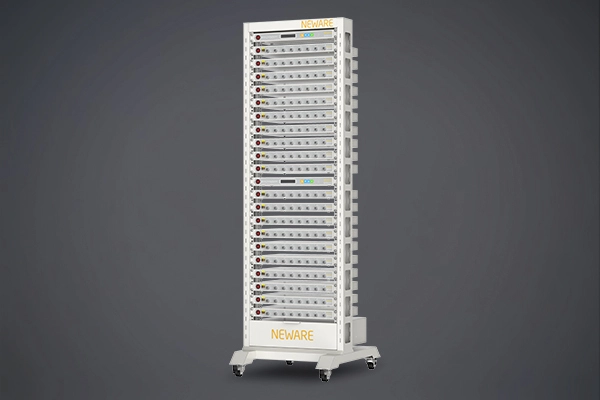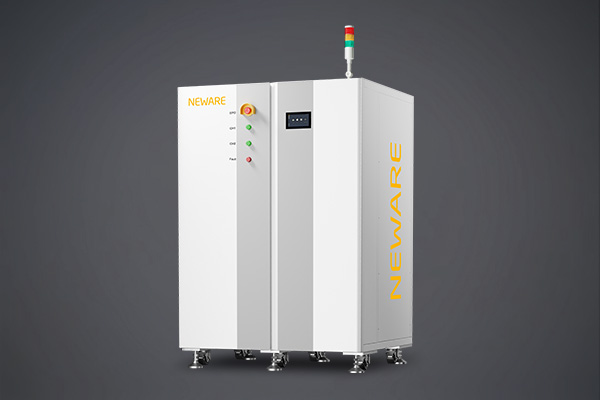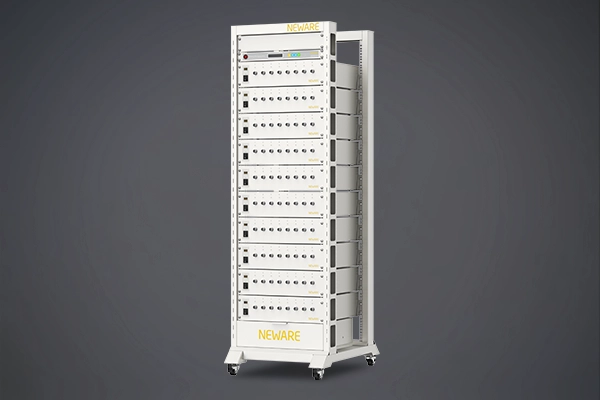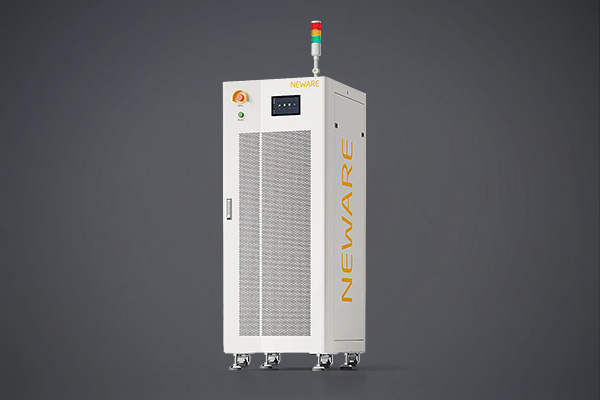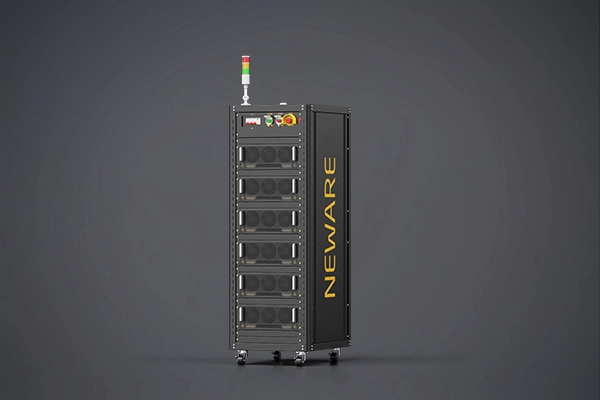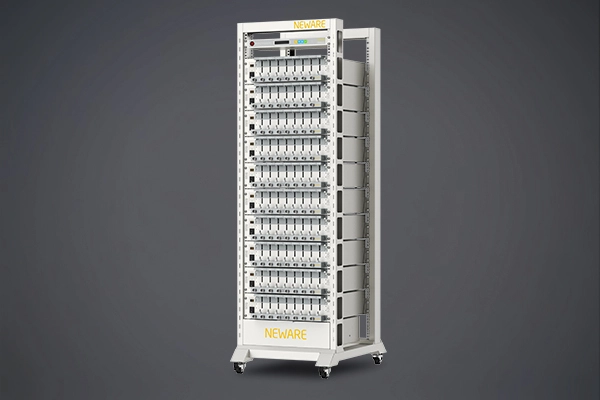Galvanostatic intermittent titration technique (GITT) is a transient measurement method widely used in electrochemical studies to analyze the diffusional and kinetic properties of materials, particularly in battery research. It involves a cyclic process of pulse-constant current-relaxation, providing valuable information about the electrochemical behavior of materials under specific conditions.
The GITT test starts with the application of a short current pulse to the electrode or cell of interest. This pulse induces a transient change in the system, causing ions to migrate and redistribute within the material. The duration and magnitude of the pulse can be adjusted based on the specific requirements of the experiment.
After the current pulse, a relaxation period follows, during which no current passes through the system. This relaxation phase allows the system to reach a steady-state condition and facilitates the measurement of the potential response.
By repeating the pulse-constant current-relaxation cycle multiple times, researchers can obtain a series of potential-time curves. These curves provide information about the diffusion coefficients, charge transfer resistances, and other electrochemical parameters of the material being studied.
During the GITT test, several challenges and issues can arise, requiring careful consideration and analysis. One common problem is the polarization of the electrode or cell due to the applied current pulse. This polarization can affect the accuracy of the measurements, leading to deviations in the obtained data. Proper calibration and correction techniques, such as baseline correction and compensation for the ohmic drop, are employed to mitigate these effects.
Another challenge is the interpretation of the obtained potential-time curves. Analyzing the data requires sophisticated modeling techniques to extract meaningful information about the electrochemical properties of the material, such as diffusion coefficients or reaction rates. Furthermore, the interpretation of the GITT results often involves comparing the experimental data with theoretical models or reference samples for validation and further analysis.
In battery research. By employing a cyclic process of pulse-constant current-relaxation, researchers can gather valuable information about the electrochemical behavior of materials. However, challenges such as electrode polarization and data interpretation must be carefully addressed to ensure accurate and meaningful results.
Potentiostatic intermittent titration technique (PITT) is a measurement method widely used in electrochemical studies to analyze the kinetic and transport properties of materials. It involves changing the electrode potential instantaneously and maintaining it at a constant value while measuring the resulting current over time.
In PITT, the electrode potential is stepped to a new value and held constant for a defined period. During this period, the current response is recorded. The potential is then stepped back to the initial value, and the process is repeated for a series of potential steps. By analyzing the current-time curves, valuable insights into the electrochemical behavior of the material under investigation can be obtained.
One key advantage of PITT is its ability to probe the kinetics of electrochemical reactions at different potentials. By varying the potential steps, researchers can investigate the rate constants, charge transfer resistances, and reaction mechanisms of electrochemical processes.
During the PITT test, several issues and challenges may arise, requiring careful consideration and appropriate handling. One common problem is the presence of faradaic (redox) reactions or side reactions at the surface of electrode. These reactions can interfere with the desired measurements and lead to inaccurate or misleading data. To mitigate this issue, researchers often employ suitable reference electrodes and control the solution composition or purity to minimize unwanted reactions.
Another challenge is the selection of appropriate potential steps and duration. The choice of potential steps should be based on the specific electrochemical processes under investigation and the desired resolution of the data. Longer potential steps allow for more detailed analysis of slower reactions, while shorter steps provide insights into faster kinetics. Balancing the trade-off between time resolution and accuracy is crucial in designing a successful PITT experiment.
Data interpretation is another important aspect of PITT. Analyzing the current-time curves requires considering the underlying reaction mechanisms and employing suitable mathematical models. Curve fitting techniques and mathematical simulations are often used to extract meaningful information from the experimental data and validate the proposed reaction mechanisms.
The significance of PITT lies in its ability to provide fundamental insights into the electrochemical behavior of materials. It allows researchers to understand the kinetics of charge transfer processes, investigate reaction mechanisms, and optimize the performance of electrochemical devices such as batteries, fuel cells, and electrochemical sensors. Additionally, PITT can aid in the development of new materials with improved electrochemical properties and guide the design of more efficient and sustainable energy storage systems.
In summary, the potentiostatic intermittent titration technique (PITT) is a valuable measurement method for studying the kinetic and transport properties of materials. By changing the electrode potential instantaneously and maintaining it at a constant value, researchers can analyze the resulting current over time and gain insights into electrochemical reactions. Handling challenges such as unwanted side reactions and accurate data interpretation is essential for successful PITT experiments. This technique holds significant importance in understanding and optimizing electrochemical processes and guiding the development of advanced energy storage technologies.
Direct current internal resistance (DCIR) refers to the total resistance present within a battery, including ohmic internal resistance, interface impedance, charge transfer impedance, diffusion impedance, and other contributing factors. It is a crucial parameter used to characterize the performance and health of a battery.
DCIR measurements involve applying a direct current (DC) to the battery and measuring the voltage drop across the battery terminals. By using Ohm's law (V = I × R), the internal resistance can be calculated as the ratio of the voltage drop to the applied current.
The ohmic internal resistance represents the resistance encountered by the current flowing through the battery's electrolyte and electrodes. It is influenced by factors such as electrode material properties, electrolyte conductivity, and electrode-electrolyte interfaces.
Interface impedance refers to the resistance associated with the interfaces between different battery components, such as the electrode-electrolyte interface. This impedance can arise from various phenomena, including charge transfer resistance at the electrode-electrolyte interface and the presence of passivation layers.
Charge transfer impedance is the resistance encountered during the electrochemical reactions occurring at the electrode-electrolyte interfaces. It is influenced by factors such as the kinetics of the electrochemical reactions, electrode surface area, and the presence of catalysts.
Diffusion impedance arises from the resistance encountered by ionic species as they diffuse through the electrolyte and across the electrode-electrolyte interfaces. It depends on factors such as electrolyte composition, ion mobility, and electrode porosity.
During DCIR testing, several issues can affect the accuracy and interpretation of the results. One common problem is the influence of temperature on the internal resistance. Temperature variations can significantly impact the conductivity of the electrolyte and the kinetics of the electrochemical reactions, leading to fluctuations in the measured DCIR values. To address this, it is essential to control and report the temperature during the measurement and consider temperature compensation techniques.
Another challenge is the determination of the individual contributions of different impedance components to the overall DCIR. Complex modeling and analysis techniques, such as impedance spectroscopy and equivalent circuit modeling, are often employed to separate and quantify the various impedance contributions.
The significance of DCIR testing lies in its ability to provide valuable insights into battery performance, state of health, and the presence of degradation mechanisms. Monitoring changes in DCIR over time can help identify aging effects, electrode degradation, electrolyte deterioration, and other factors that affect the overall performance of the battery. This information is crucial for battery characterization, performance optimization, and predicting remaining battery life.
In summary, direct current internal resistance (DCIR) is a comprehensive measure of the total resistance within a battery, encompassing various impedance components. It plays a vital role in assessing battery performance, health, and degradation mechanisms. Addressing challenges related to temperature effects and impedance analysis is crucial for accurate DCIR measurements. This testing method provides valuable information for battery characterization, optimization, and estimating remaining battery life.
NEWARE TECHNOLOGY LLC
755 Ames Avenue, Milpitas, CA, USA, 95035





